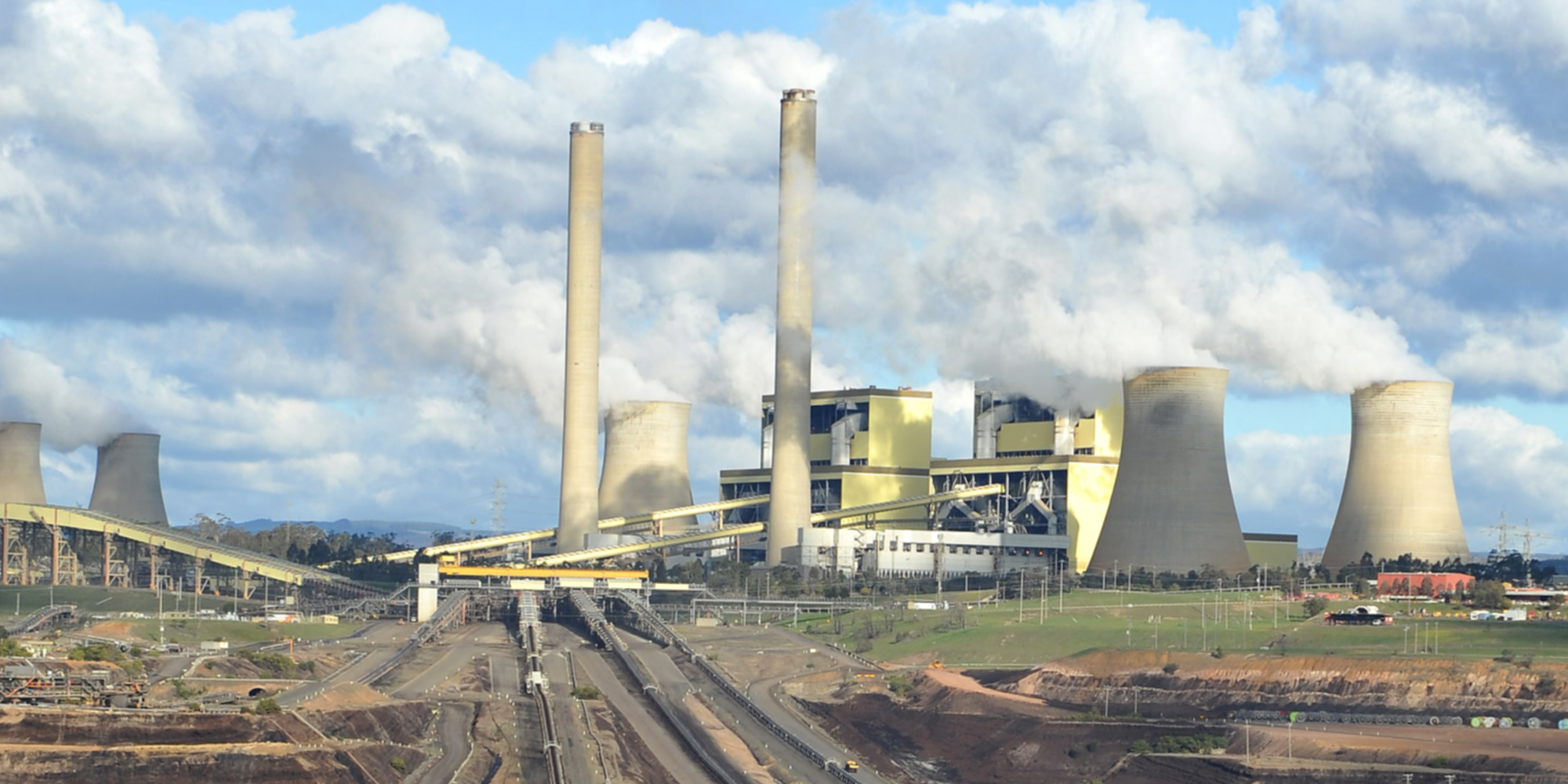Europe 1 with AFP 5:36 p.m., September 29, 2022
Australia's largest energy producer AGL said on Thursday it would shut down its coal-fired power plants by mid-2035, a decade earlier than the target it had previously set.
The shutdown would complete AGL's exit from coal-fired power plants, the company said.
The Loy Yang A power station, located in the south-eastern state of Victoria in southern Australia, will cease all coal-fired power generation by mid-2035, said AGL, the largest emitter in country's carbon.
The shutdown would complete AGL's exit from coal-fired power plants, the company said.
"This is one of the most significant decarbonisation initiatives in Australia," said Patricia McKenzie, group chair.
Strong pressure from environmental associations
For the past year, AGL, which owns three of the largest coal-fired power plants in the country, has been under strong pressure from environmental associations and activist shareholders to accelerate its phase-out of coal.
The group also confirmed that its main coal-fired power station Bayswater in New South Wales is on track to close before 2033.
>> READ ALSO
- Energy crisis: the Saint-Avold coal power plant is back in service
The group's new interim chief executive, Damien Nicks, said the closures are "a big step towards Australia's decarbonisation journey".
These announcements are a major change of direction for the group, which had hitherto opposed the attempts of its main shareholder, the billionaire and defender of the environmental cause, Mike Cannon-Brookes to push it to this change.
A race to achieve carbon neutrality
At the beginning of the year, he tried to buy AGL for $6 billion, an offer which the group rejected at the beginning of the year, deeming it "undervalued".
Two months later, AGL announced the departure of its chairman Peter Botten, its chief executive Graeme Hunt and members of its board of directors.
Patricia McKenzie said the group is in a race to achieve carbon neutrality because a healthy business allows "access to more capital and attract new investors".
Once the Loy Yang A plant is no longer operational, AGL will no longer generate direct or indirect carbon emissions, according to Ms. McKenzie.
This week, the state of Queensland said it would build one of the largest pumped hydroelectric energy storage systems in the world, and the Victorian government has pledged to build enough energy storage renewable for half of the state's homes by 2035.
Australia currently has the highest coal-related carbon emissions per capita in the world, according to a study by think tank Ember published in May.

